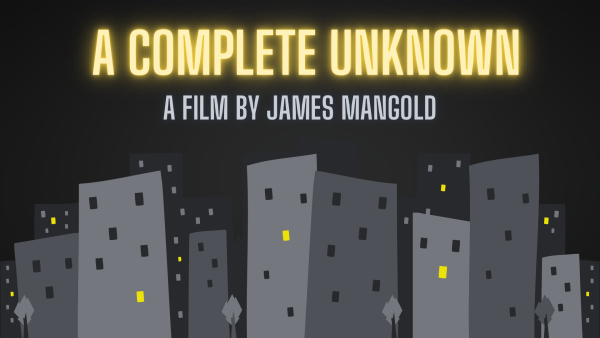Illicit drug legalization debated, analyzed

When watching or reading the local news as of late, there are certain reports I have come to expect. Celebrity blunders, political nonsense and absurdly unseasonal weather forecasts are all common subjects. Unfortunately, criminal reports also frequent the news. In particular, arrests and assaults involving drugs seem to recur to the point of extreme exasperation; will people ever recognize the risks and stop using? Drug usage in general appears to be gaining popularity, if the news is anything to go by. So when I read a news story regarding the possible legalization of marijuana in Ohio, suffice to say that I was dismayed.
Derived from the hemp plant, marijuana contains the mind-altering chemical delta-9-tetrahydrocannabinol, which is also known as THC. Users can ingest or smoke the drug through a variety of different methods.
As of April 2015, twenty-three states and the District of Columbia have legalized marijuana in some form. Nineteen of these states allow marijuana usage solely for medical purposes; however, Washington, Oregon, Colorado, Alaska and the District of Columbia have legalized marijuana for both medical and recreational use. ResponsibleOhio, the political action committee responsible for the creation of the proposed Marijuana Legalization Amendment, cites the “failed prohibition” of marijuana as a reason to legalize the drug and believes that the funds used to enforce marijuana laws could instead be used to fight worse drugs such as heroin and meth. Currently, the use of marijuana in Ohio is illegal and has consequences that vary depending upon the severity of the situation. Bath Township Police Chief Michael McNeely explained that penalties can range from a $150 fine to a $2,500 fine and twelve months in prison.
In March, the Ohio Ballot Board approved the pursuit of signatures that, should enough be collected, would place the amendment on the November ballot. This amendment, if passed, would legalize medical and recreational use of marijuana for adults 21 years and older. Is legalization, whether for medical or recreational use, worth the risk? Should marijuana be legalized in Ohio, or anywhere for that matter?
No. Personal preferences aside, the supposed benefits do not seem to outweigh the proven risks, even when used for theoretically medicinal purposes. After all, according to healio.com, cigarettes were once advertised as being healthy, only to be proven to cause cancer several decades later; how can anyone be sure that marijuana will not do the same? According to the National Institute on Drug Abuse (NIDA), long-term marijuana use can cause severe addiction, respiratory problems, depression, anxiety and increased heart rate. In addition, studies conducted by the NIDA lead researchers to believe that the THC in marijuana “primes the brain for enhanced reactions to other drugs,” therefore making marijuana a “gateway drug” — one whose use may eventually lead to addictions to worse drugs. Do not get me wrong: I can not and will not pretend to understand the pain of those suffering from diseases such as multiple sclerosis (MS) and cancer or what is best for them. There is just no guarantee that using marijuana, even to treat symptoms or lessen pain caused by a disease, will not worsen the health of the user or those around them to an extent that negates any temporary benefits. Though it is legalized in some states, the U.S Food and Drug Administration (FDA) “has not approved marijuana as a safe and effective drug for any indication.” Additionally, legalization even for medical use (let alone recreational use) may make attaining the drug much easier for outside parties. A study conducted by the Rocky Mountain High Intensity Drug Trafficking Area (RMHIDTA), a group committed to combating drug trafficking, showed that an average of almost eight percent of all U.S adolescents ages 12-17 used marijuana in 2011; Colorado’s youth average was nearly eleven percent that same year, having legalized marijuana for medical use in 2000 and increased usage as the years progressed. RMHIDTA’s study also revealed that Colorado traffic fatalities involving those testing positive for marijuana more than doubled between 2006-2011, and Colorado emergency room admissions between 2009-2012 solely for marijuana-related incidents were over eight percent greater than the national average. Yes, there is a possibility that legalizing the drug would earn the state money, but I do not believe that any earnings would justify loss of life.
These statistics do not bode well for what is often said to be a harmless drug. Should future research prove that marijuana is a safe and viable way to lessen suffering caused by various diseases, legalization for medicinal purposes would be a practical measure. Currently, regulation of legal marijuana usage for any purpose seems sporadic at best, and that is something that must change. After all, recreational use of marijuana is legalized in less than ten percent of the United States, and yet, according to a recent study by the Substance Abuse and Mental Health Services Administration (SAMHSA), a government agency dedicated to the advancement of health in the U.S., it is the most commonly used illicit drug in the country. Where do we draw the line? I do not believe that permitting widespread use of a drug our country is actively trying to discourage is going to do us any favors.


